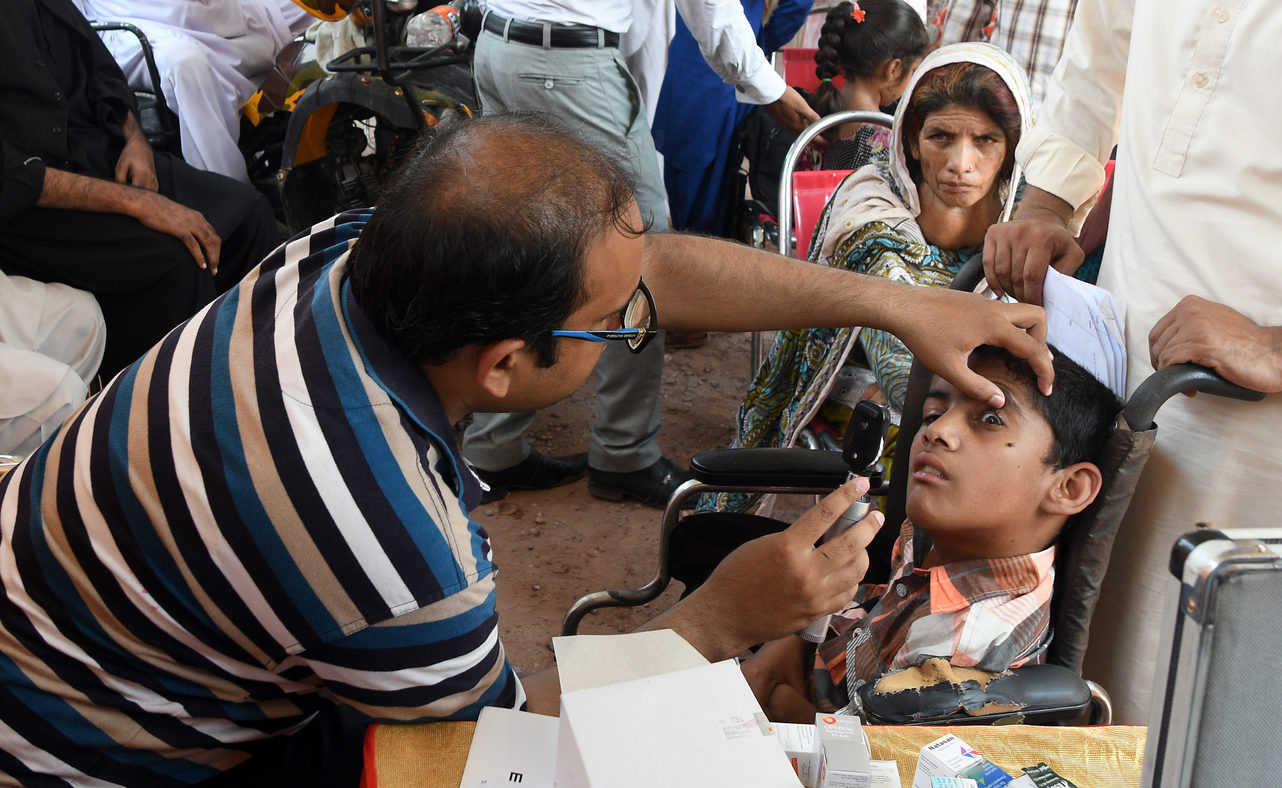
A recent cataract mapping study, commissioned by Pakistan’s National Committee for Eye Health and Sightsavers, revealed the exciting news that Pakistan is among the countries with the highest cataract surgical rate (CSR).
This measures the number of cataract operations performed per million people each year. The target CSR rate in each country is set by the quantity of cataracts that develop in a year.
The eye condition cataract is the most common cause of blindness worldwide. But it can be cured with an inexpensive surgery. According to the cataract mapping study, Pakistan has improved its cataract surgical rate by 200 per cent in the last 18 years – from 2,254 (in 2002) to 5,203 (in 2019).
During the last 20 years, incredible progress has been made to strengthen eye health systems in Pakistan through public/private partnerships. Working with international organisations, the national programme for prevention and control of blindness has improved infrastructure, human resources and outreach of eye care services to a great extent. A comprehensive eye care approach that identifies districts as a unit of implementation, while establishing the link between primary and secondary health care, played a key role in this change.
Despite this, it is alarming that public sector share in this extraordinary progress is only one-sixth, which is lower than the contribution made by a single charity organisation. As a whole, four-fifths (82.3 per cent) of the burden is shared by non-governmental organisations and the private sector.
A fifth of the districts couldn’t develop cataract surgical services and do not contribute to the national cataract surgical rate. Half of the districts have a cataract surgical rate lower than 2,000 – this is far below global standards. Additionally, cataract surgical services are restricted to urbanised districts with inequitable resource distribution for eye health. Cataract surgical rate is critically low in the districts where charity hospitals are not operating. This makes cataract surgical services inequitable and inaccessible for poor communities in peripheral districts.
Cataract surgical rate only measures quantity of services, and quality remains neglected. Analysis of post-operative results are not common practice, and the health management information system captures quantitative data, but qualitative information such as post-operative outcomes and patient feedback remains untouched.
This raises many questions about our health system, that need to be addressed to reduce the current levels of inequality in health care. Here are some initial recommendations:
- Equitable distribution of human and financial resources for eye health must be ensured, to bring cataract services closer to marginalised rural communities.
- To make eye health services more equitable and affordable for achieving universal health coverage; ‘integrated people-centred eye care’ approaches (as proposed by the World Report on Vision) should be adopted in all districts.
- The district comprehensive eye care model should be extended to the districts with zero cataract surgical rate while filling the gaps in terms of human resources, equipment, availability of intra-ocular lenses and other equipment. Non-government organisations should also extend their services to districts with limited eye care services.
- The lack of reliable data on quality of services – a serious public policy challenge – needs immediate attention. The Ministry of Health should introduce and enforce a policy on quality of services while introducing minimum quality standards and making this an essential part of health management information systems.
The big question is: why do people prefer accessing cataract surgical services at private/charity hospitals despite free services (as the government claims) being available at government hospitals? Is the public health system working efficiently while ensuring value for public money? In the long run, Pakistan’s health sector needs some structural changes to improve governance, accountability and efficiency. It is essential that these changes take place soon, and in a way that ensures health services are affordable and equitable.
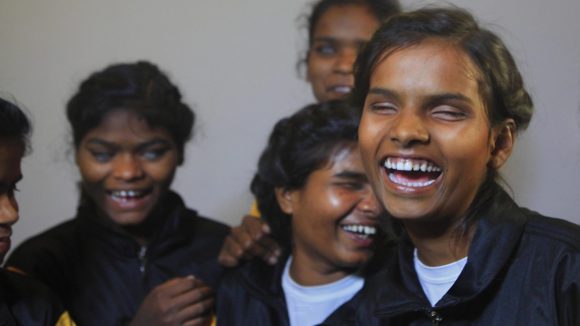
Join our campaign
Our Equal World campaign fights for the rights of people with disabilities.
More on the campaignAuthor
![]() Itfaq Khaliq Khan
Itfaq Khaliq Khan
Itfaq is Sightsavers’ programme manager, based in the Pakistan Country Office.
Want to read more about our work?
Sightsavers and social inclusion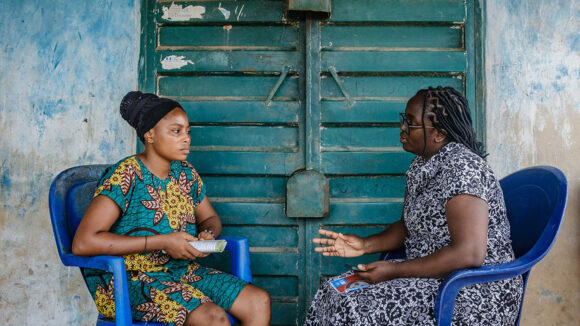
Why community collaboration is important in our research
Our research on female genital schistosomiasis has highlighted the need to establish a safe and supportive environment for participants when studying sensitive topics.
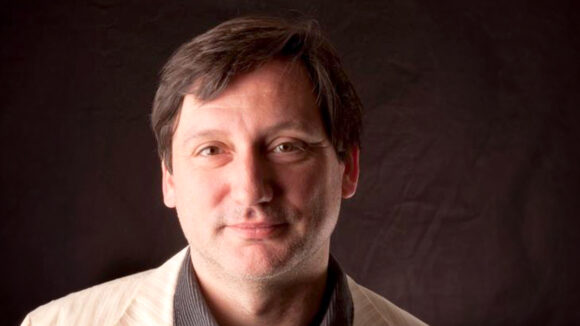
The key to inclusive education is engaging organisations of people with disabilities
Collaborating with organisations of people with disabilities (OPDs) on our inclusive education projects has earned the Sightsavers-led Inclusive Futures consortium a Zero Project Award in 2024.
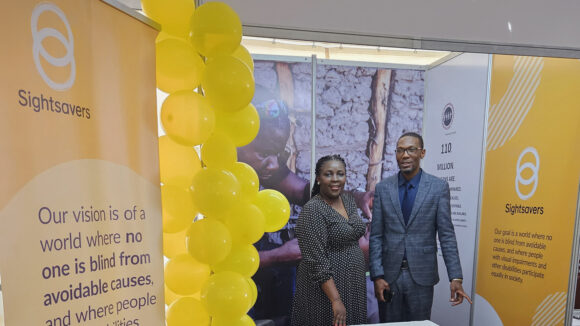
Six takeaways from the International Conference for Public Health in Africa
Sightsavers’ Hortance Manjo shares insights from the event in Zambia, which highlighted eye health for the first time.